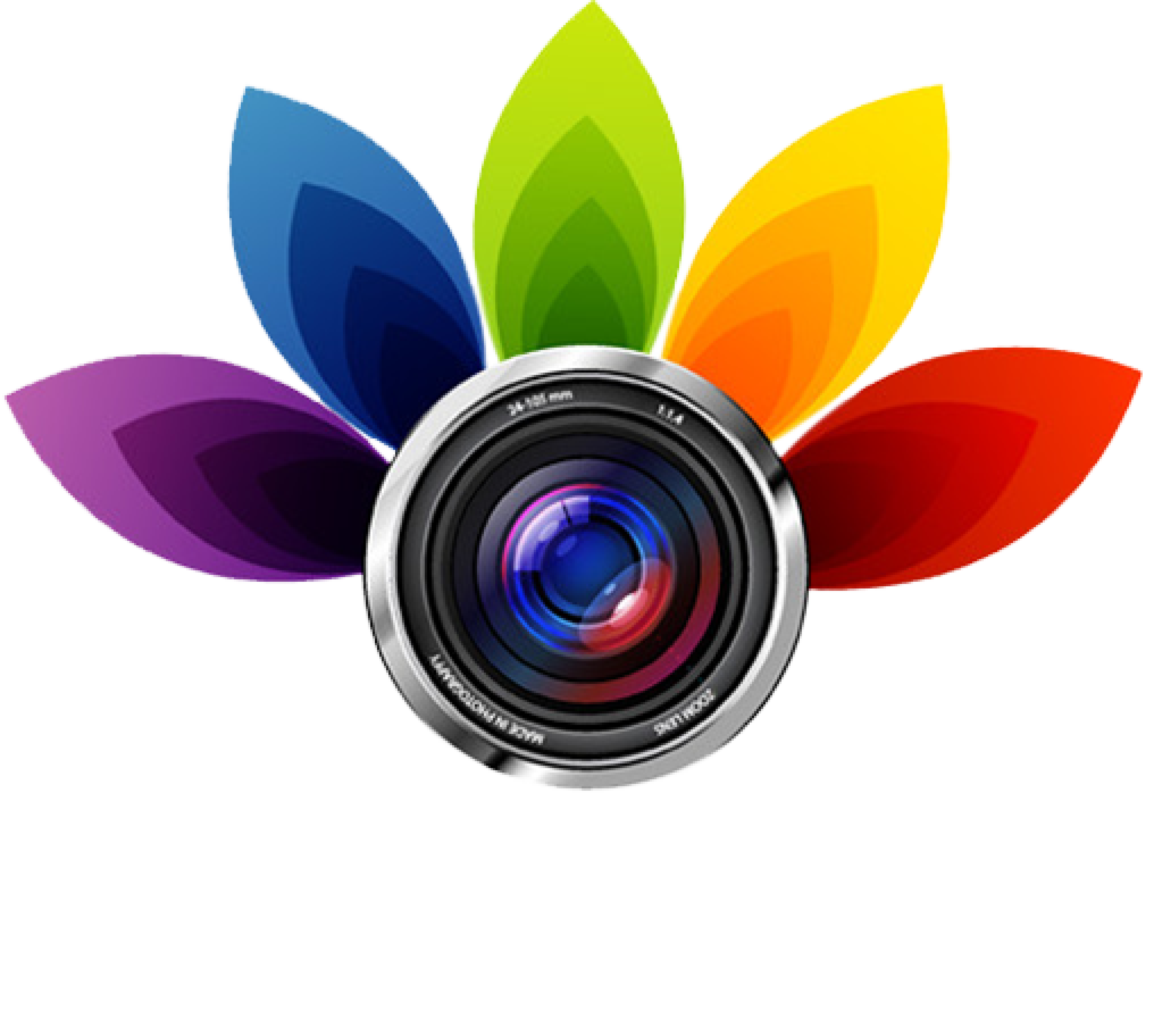
Wedding Photography Complete Guide for Beginners
Wedding photography is a special and exciting field. It needs a mix of technical skills and creative vision. Attention to detail is also very important. As a photographer, you can record special and unforgettable moments in a couple’s life. This makes it a rewarding experience. However, getting started in wedding photography can be daunting, especially for those new to photography. In this article, we will guide you through the key steps to begin your wedding photography journey.
Introduction to Wedding Photography
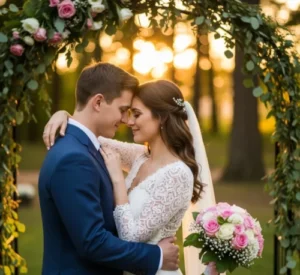 When it comes to wedding photography, it’s important to know that it’s not just about taking pictures. It’s also about expressing the emotions, laughter, and tears of the day. Wedding photography requires a unique combination of technical skills, creativity, and attention to detail. As a wedding photographer, you will take many moments. This includes the preparation, ceremony, reception, and party. To succeed in this field, you need to have a good grasp of what makes a great wedding photograph and how to achieve it.
When it comes to wedding photography, it’s important to know that it’s not just about taking pictures. It’s also about expressing the emotions, laughter, and tears of the day. Wedding photography requires a unique combination of technical skills, creativity, and attention to detail. As a wedding photographer, you will take many moments. This includes the preparation, ceremony, reception, and party. To succeed in this field, you need to have a good grasp of what makes a great wedding photograph and how to achieve it.
Wedding photography is a competitive field. It is important to stand out by creating a unique style and look. You can achieve this by trying different techniques. Use natural light, play with angles and perspectives, and add creative elements to your shots. It’s important to keep up with the latest trends and techniques in wedding photography. This will help you stay competitive and attract new clients.
Realization the Basics of Wedding Photography
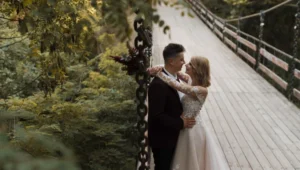 Before starting your wedding photography journey, it’s important to have a strong insight of the basics of photography. This includes knowledge of aperture, shutter speed, ISO, and composition. Knowing how to use your camera and its settings will help you feel confident when shooting a wedding. You won’t have to worry about technical problems.
Before starting your wedding photography journey, it’s important to have a strong insight of the basics of photography. This includes knowledge of aperture, shutter speed, ISO, and composition. Knowing how to use your camera and its settings will help you feel confident when shooting a wedding. You won’t have to worry about technical problems.
A good comprehension of photography basics will also help you to anticipate and prepare for different lighting conditions. This means knowing how to change your camera settings for different lighting. It also means using natural light to help you. Furthermore, having a good perception of composition will help you to create visually appealing images that tell a story.
To understand wedding photography, it’s important to know the different types of shots in a wedding album. This includes knowing how to seize formal shots, candid shots, and posed shots. Also, knowing the different types of wedding photography can help you create your own style. These types include traditional, photojournalistic, and fine art.
Here are the Guide for You to Start Your Wedding Photography
Choosing the Right Camera and Equipment
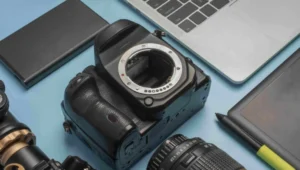 Choosing the right camera and equipment is key to achieving clear shots. As a wedding photographer, you will need a camera that can keep up with the fast-paced and versatile nature of a wedding. Look for a camera with good autofocus, fast burst mode, and high-class video capacity. Also, think about buying a good condition lens. This will help you take many different types of shots.
Choosing the right camera and equipment is key to achieving clear shots. As a wedding photographer, you will need a camera that can keep up with the fast-paced and versatile nature of a wedding. Look for a camera with good autofocus, fast burst mode, and high-class video capacity. Also, think about buying a good condition lens. This will help you take many different types of shots.
When choosing the right equipment, it is important to think about the environment where you will shoot. For example, if you are shooting outside, you need a camera that can handle changing light and bad weather. Also, think about getting a good reliable tripod. It will help you stabilize your camera and take sharper pictures.
It’s also important to consider the type of equipment you will need for specific shots. For example, if you are shooting a fireworks display, you need a camera that can handle fast shutter speeds and long exposure times. Also, think about getting a good condition flash. This will help you take pictures in low-light situations.
Knowing Your Subject Couple and Wedding Parties
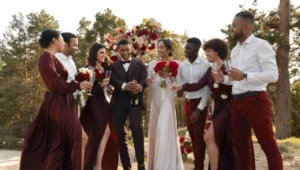 Knowing your subject couple and wedding parties is critical for recording top-detailed pictures As a wedding photographer, you must connect with your clients. You need to understand their vision and expectations. This includes recognizing their style, preferences, and cultural background. Also, think about asking your clients what types of shots they want. Find out the overall look they are going for.
Knowing your subject couple and wedding parties is critical for recording top-detailed pictures As a wedding photographer, you must connect with your clients. You need to understand their vision and expectations. This includes recognizing their style, preferences, and cultural background. Also, think about asking your clients what types of shots they want. Find out the overall look they are going for.
When you want to understand couples and wedding parties, it’s important to know the different mechanics involved. For example, you may be shooting a large family gathering, or a small intimate ceremony. Also, be aware of the cultural and social norms around weddings. These can greatly affect the types of shots you take.
learning about your couple and wedding parties will also help you to anticipate and prepare for different scenarios. For example, you may need to adapt to changing weather conditions, or unexpected events. Additionally, consider being prepared for different types of shots, such as group shots, candid shots, and posed shots.
Learning Lighting and Shutter Speed
 Learning lighting and shutter speed is important for producing high-resolution photos. Lighting is the amount of light that comes into the camera. Shutter speed is how long the camera’s shutter stays open. As a wedding photographer, you need to know how to use lighting and shutter speed. This will help you take many different types of shots.
Learning lighting and shutter speed is important for producing high-resolution photos. Lighting is the amount of light that comes into the camera. Shutter speed is how long the camera’s shutter stays open. As a wedding photographer, you need to know how to use lighting and shutter speed. This will help you take many different types of shots.
When it comes to Learning lighting, it’s critical to know how to use natural light to your advantage. This includes knowing how to position your subject, and how to use the sun to create flattering shadows. Also, think about learning to use artificial light, like flash and strobes. This can add depth and dimension to your images.
When it comes to grasping Shutter Speed, it’s necessary to know how to use it to create a sense of motion and blur. This includes knowing how to use a fast shutter speed to freeze motion, and a slow shutter speed to create a sense of blur. Also, think about learning to use planning and other techniques. These can help create a sense of motion and blur in your images.
Perfecting Composition and Framing Techniques
 Perfecting composition and framing techniques are significant for taking high- detailed photos. Composition is about how you arrange elements in the frame. Framing is how you use the edges to guide the viewer’s eye. As a wedding photographer, you need to know how to use composition and framing. These techniques help you create beautiful images that tell a story.
Perfecting composition and framing techniques are significant for taking high- detailed photos. Composition is about how you arrange elements in the frame. Framing is how you use the edges to guide the viewer’s eye. As a wedding photographer, you need to know how to use composition and framing. These techniques help you create beautiful images that tell a story.
To learn composition, you need to understand the rule of thirds, leading lines, and the golden ratio. These tools help create balance and harmony in your work. Additionally, consider learning how to use negative space to create a sense of simplicity and elegance. Furthermore, consider learning how to use different angles and perspectives to add depth and interest to your images.
When it comes to refining framing, it’s important to know how to use the edges of the frame to guide the viewer’s eye. This includes using the rule of thirds for balance and harmony. It also involves using leading lines to guide the viewer’s eye. Also, think about learning different framing techniques. You can use archways, doors, and windows. These can help create depth and interest.
Editing and post-production are the Key Part of the Process
 Editing and post-production are a necessary part of the wedding photography process. As a wedding photographer, you must learn to edit and improve your images. This will help you create a beautiful and consistent album. This includes knowing how to adjust radiance, contrast, and saturation to create a consistent look and feel. Also, think about learning to retouch and remove blemishes. You can create drama and depth with layers and masks.
Editing and post-production are a necessary part of the wedding photography process. As a wedding photographer, you must learn to edit and improve your images. This will help you create a beautiful and consistent album. This includes knowing how to adjust radiance, contrast, and saturation to create a consistent look and feel. Also, think about learning to retouch and remove blemishes. You can create drama and depth with layers and masks.
When editing and doing post-production, it’s important to know the different software options available. This includes Adobe Lightroom and Photoshop, as well as other programs like Skylum’s photo editing tool and take One. You should think about using presets and templates. They can make your editing easier. They also help keep a consistent look for all your images.
In post-production, it is important to understand the different techniques and tools you can use. This means knowing how to use layers and masks. These tools help create depth and interest. You also need to use text and graphics. They add context and meaning to your images. Also, think about learning to use animation and motion. This can help create movement and energy in your images.
Tips for Building Your Portfolio and Getting Started
Creating a strong portfolio and starting in wedding photography can be tough. However, with the right tips and techniques, you can become a respected and successful wedding photographer. Here are a few tips to get you started:
- Start by building a strong foundation in photography, including getting to Know Camera Settings, lighting, and composition.
- Practice, practice, practice! The more you shoot, the more comfortable you will become with your camera and the more confident you will feel in your.
- Network and collaborate with other photographers to learn new techniques and gain exposure.
- Develop a unique style and aesthetic that sets you apart from other photographers.
- Invest in high standard equipment and software to make sure that your images are the highest standard.
- Stay up to date with the latest trends and techniques in wedding photography to stay competitive and attract new clients.
Conclusion
Starting in wedding photography can feel scary. However, with the right help and support, you can become a well-known and successful wedding photographer. To create beautiful wedding photos, start with the basics of wedding photography. Choose the right camera and equipment. Get to know the couples and wedding parties. Learn about lighting and shutter speed. Perfect composition and framing techniques. Finally, focus on editing and post-production. With these skills, you can take the essence of the wedding day in beautiful images. With practice, patience, and persistence, you can build a strong portfolio and get started in the wedding photography industry.
Read Next: 5 Proven Benefits of Human Touch in AI-Edited Photos
